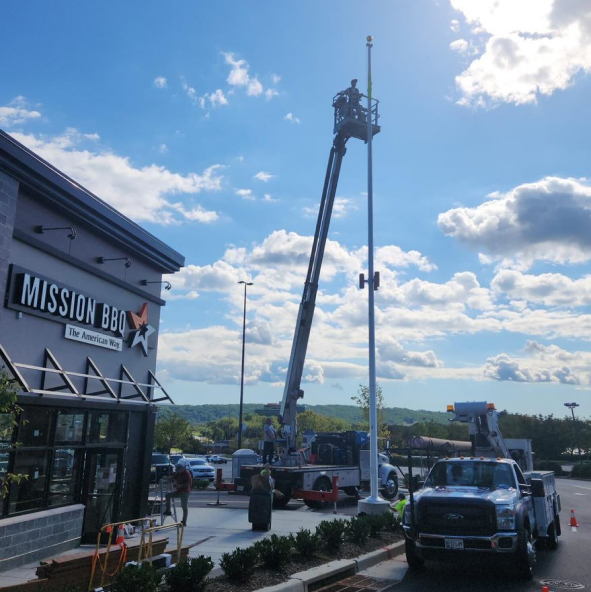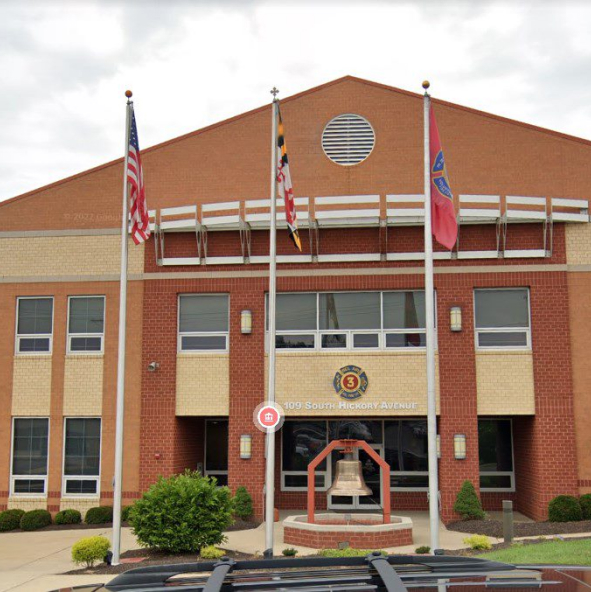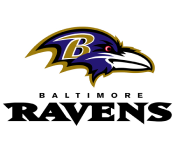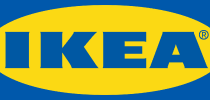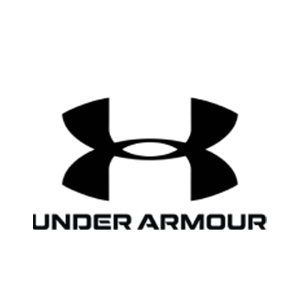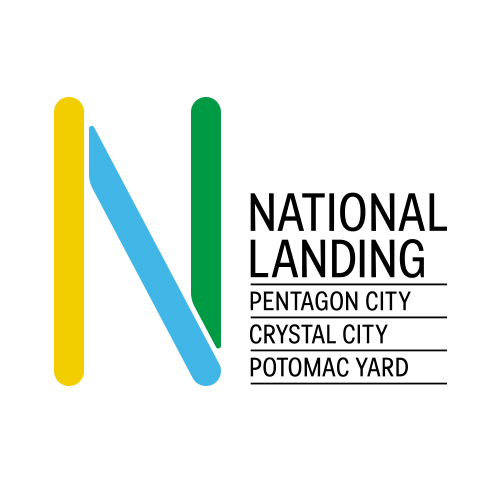Signage, one of humanity’s oldest forms of communication, has evolved dramatically from ancient carvings to the digital displays that dominate our modern landscapes. This blog post explores the fascinating journey of signage through the ages, illustrating how these developments reflect broader technological and cultural shifts.
Early Beginnings of Signage
The roots of signage trace back to ancient civilizations like Mesopotamia, Egypt, and Rome, where signs were essential for trade, governance, and daily life. Merchants used symbols carved in stone to advertise their markets, while rulers posted laws publicly to ensure order. These early signs were not merely functional but often artistically crafted, reflecting the society’s skills and aesthetic.
The Middle Ages to the Renaissance
During the Middle Ages, signage took on new forms, especially in Europe. Craftsmen hung elaborate signs outside their workshops, often depicting the goods they sold or the services they provided, like a pair of golden scissors for a tailor. Guilds enforced strict regulations on signage to manage competition and maintain quality, helping to standardize signs and solidify their importance in commercial activities.
The Industrial Revolution
The Industrial Revolution marked a significant turning point in the history of signage. The advent of mass production allowed for the creation of signs using metals like tin and enamel, which were more durable and vibrant. The era also saw the rise of neon signs after the discovery of neon gas in the late 19th century, adding brilliance and flair to advertisements and transforming night-time cityscapes forever.
The 20th Century: The Rise of Electronic and Neon Signage
By the 20th century, signage had become an integral part of urban identity. Neon lights and later electric bulbs lit streets with dazzling advertisements. Iconic locations like Times Square in New York and Piccadilly Circus in London became global symbols of commercial vibrancy, largely thanks to their impressive electronic signage displays.
The Digital Age
The late 20th century ushered in the digital age for signage. LED technology revolutionized signs by making them more energy-efficient, durable, and capable of displaying animated images and changing text. Digital signage now offers interactive experiences, from touch screens that provide information to digital billboards that change content based on time of day or audience demographics.
Modern Trends in Signage
Today, signage trends are heavily influenced by sustainability and technology. Materials are more environmentally friendly, and signs are more innovative, often integrated with IoT to enhance customer interaction. Innovations like OLED allow for flexible, transparent displays that can be used creatively, pushing the boundaries of how and where signage can be implemented.
The history of signage, from ancient carvings to sophisticated digital displays, shows how deeply intertwined it is with human progress and technology. As we continue to innovate, the future of signage looks bright, with possibilities extending into augmented reality and beyond, promising to redefine how we interact with the world around us.
Explore the Evolution of Your Business Signage with F.W. Haxel
At F.W. Haxel, we pride ourselves on staying at the forefront of signage technology, offering cutting-edge solutions for your advertising needs. Whether you’re looking to infuse traditional charm into your signs or embrace the latest digital innovation, we’re here to help. Contact us today to learn how our signage solutions can transform your business.
We offer a number of different options for
installation and repairs.
INSTALL
Commercial Flagpoles
Residential Flagpoles
Foundations & Ground Sleeves
Marina & Dock Flagpoles
Street Pole Brackets & Banners
Holiday Lighting & Decor
Event Decorations
Mesh Banners & Outdoor Signage
Vinyl Adhesive Signs & Wraps
REPAIR
Flags (Free Repair for Life on Fly End of US Flags)
Commercial & Residential Flagpoles
Foundation & Ground Sleeves
Pulley Assemblies
Winches
Internal & External Halyard Lines
Flag Snaps
Ornamental & Pole Top Finishings
Street Pole Brackets & Banners
INSTALL
Commercial Flagpoles
Residential Flagpoles
Foundations & Ground Sleeves
Marina & Dock Flagpoles
Street Pole Brackets & Banners
Holiday Lighting & Decor
Event Decorations
Mesh Banners & Outdoor Signage
Vinyl Adhesive Signs & Wraps
REPAIR
Flags (Free Repair for Life on Fly End of US Flags)
Commercial & Residential Flagpoles
Foundation & Ground Sleeves
Pulley Assemblies
Winches
Internal & External Halyard Lines
Flag Snaps
Ornamental & Pole Top Finishings
Street Pole Brackets & Banners
